A covered call is an options strategy that revolves around buying a stock and selling a call option.
The call option gives the buyer the right to purchase the underlying stock at a specified price (the strike price) on or before a predetermined date (the expiration date).
The seller of the call option then collects a premium from the buyer in exchange for taking on the risk of the stock increasing in price.
With that said, below is a look at some of the best stocks for covered calls.
Best Stocks For Covered Calls
Oracle Corporation (NYSE: ORCL)
Oracle Corporations is a proven great option for covered call strategies, and as such, they are first up on our list.
Oracle is a multinational technology company that sells various software and hardware, including database management systems, cloud services, and enterprise software.
The system software company is best known for its software products and services, including Java.
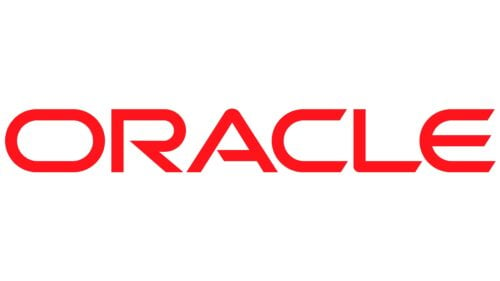
Oracle Corporation has a strong track record of generating consistent profits, as evidenced by its market capitalization of $229.29 billion.
One primary benefit of using a covered call strategy with this underlying stock is its low volatility. Its stock prices tend to be stable over time, even amidst market trends and news fluctuations.
Furthermore, Oracle’s options tend to have higher premiums even with its stability, providing covered call sellers with more income potential.
ORCL shares sold for roughly $160.49 as of May 16, 2025.
Ford Motor Company (NYSE: F)
We cannot talk best stocks for covered call strategies without mentioning international automobile manufacturers, Ford Motor Company.
Ford is known for producing some of the most popular and iconic vehicles in automotive history.
The Model T, the Mustang, and the F-Series pickup truck are some of its most renowned products. It also owns the Lincoln luxury brand.
Ford has been at the forefront of innovation in the automotive industry, with a strong focus on electric and autonomous vehicles.
Its Mustang Mach-E electric SUV and F-150 Lightning electric pickup truck have received widespread attention and critical acclaim.
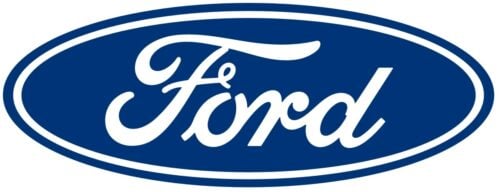
The company has also invested heavily in self-driving technology through its subsidiary, Argo AI.
In the wake of its Covid-19 pandemic losses, Ford implemented restructuring plans to improve its profitability and long-term growth prospects.
The plan proved to be a stroke of genius.
The company began running its combustion engine business, Ford Blue, and its BEV business, Ford Model E, as separate businesses but still all under the Ford Motor Company.
Ford’s yield remains among the highest in the S&P 500, making it attractive for covered-call sellers. However, the company has suspended its 2025 guidance amid tariff uncertainty, putting future free-cash-flow and dividend stability at risk.
The shares now trade about 27% below their 52-week high of $14.85, reflecting growing investor caution around potential dividend cuts if tariffs materially impact earnings
Verizon Communications (NYSE: VZ)
Verizon Communications is a well-established telecommunications company that provides data services and essential services to its customers, which may make it a relatively stable investment.
The company’s infrastructure consists of various segments, including Verizon Consumer Group and Verizon Business Group, both of which focus on consumer networking solutions and corporate networking solutions.

-
Price: $43.99 as of May 16, 2025.
-
Forward Dividend Yield: 6.16% (annualized $2.71).
-
VZ’s yield has pulled back slightly from its 2023 peak but remains attractive. Its subscriber losses and tariff impacts are key risk factors to mention.
PepsiCo, Inc. (NASDAQ: PEP)
PepsiCo, Inc. is a multinational food and beverage company that produces, markets, and distributes a wide range of products, including soft drinks, snacks, juices, and sports drinks.
PepsiCo’s brands include Mountain Dew, Gatorade, Tropicana, Doritos, and many others.
Its products are sold in over 200 countries and territories worldwide. In addition to its food and beverage business, PepsiCo also operates a global snack and beverage distribution network.
Overall, its diversified product portfolio, global reach, and commitment to innovation make it a strong, stable, and reliable choice.
Aside from being a company with a track record of success, PepsiCo is a blue-chip stock and should be high on the list for covered call sellers.
This is because the company is currently focused on expanding its product portfolio and reaching new markets amidst current food inflation.

Also, beverage stocks like Pepsi and Coca-Cola report good financial performance as investors turn to their stability for safety.
PepsiCo has a strong financial position, with steady revenue growth and a solid balance sheet.
The company announced year-over-year revenue growth of 8.70%.
Price: $131.98 as of May 16, 2025.
TTM Dividend Yield: 4.11% (annualized $5.42 payout)
Sales growth has slowed in North America; revenue misses in Q1 2025 could increase near-term volatility and option premiums.
Pfizer Inc. (NYSE: PFE)
Pfizer is a well-established and financially sound company with a long history of stable performance, making it a blue-chip stock.
Its stock prices have been notably less volatile than other healthcare stocks.
Its options premiums have also generally been in line with or above those of other large-cap pharmaceutical stocks.
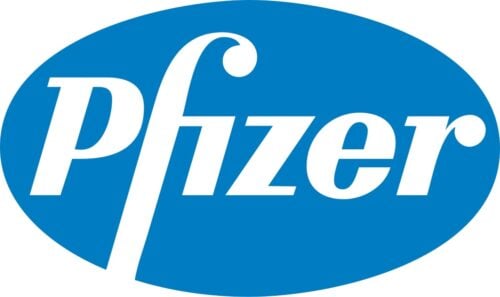
-
Price: $22.83 as of May 16, 2025.
-
Forward Dividend Yield: 7.53% (annualized $1.72 payout).
-
Why Update? The stock’s yield has climbed near 8% amid price weakness; mention pipeline developments and debt concerns, which can boost option premiums.
Tesla, Inc. (TSLA)
Tesla shares trade at approximately $336.01 as of May 15, 2025, reflecting a 17% gain over the prior week.
High implied volatility (60.35% IV, 45th percentile) fuels rich call‐option premiums, making TSLA ideal for covered‐call income strategies despite its elevated share price.
The upcoming June launch of Tesla’s robo-taxi service and bullish technical breakout above the 200-day moving average add catalysts for sustained premium generation.

With average daily option volume exceeding 1 million contracts, liquidity is robust, enabling tight spreads and efficient trade execution.
Covered-call sellers can target out-of-the-money strikes near $360, capturing premiums of over $12 per contract while still participating in modest share appreciation.
This combination of high IV, strong liquidity, and clear near-term catalysts makes TSLA a compelling replacement for AMD in a covered-call portfolio.
NVIDIA Corporation (NASDAQ: NVDA)
Price: $135.40 as of May 16, 2025.
1-Month Implied Volatility: 51.6% (53rd percentile over the past year).
NVIDIA now trades roughly 58% above its early-2023 level of $85, making deep‐in-the-money covered calls costlier to write while out-of-the-money strikes still offer meaningful premiums.
Despite its higher share price, NVDA’s elevated implied volatility—driven by AI‐chip demand and upcoming quarterly earnings—translates into rich option premiums for covered‐call sellers willing to cap upside at higher strike levels.
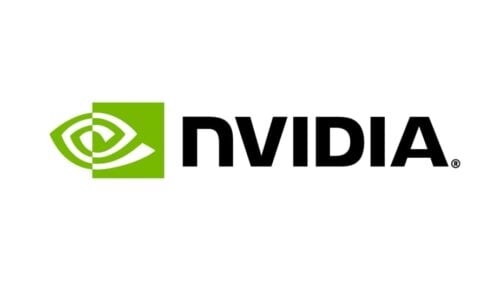
-
Options Liquidity: NVDA averages over 2 million options contracts traded daily, ensuring tight bid‐ask spreads and efficient execution.
-
Near-Term Catalyst: The May 22, 2025, Q2 earnings release and new data‐center GPU announcements may trigger additional volatility spikes, further inflating call‐option premiums.
Covered-Call Example
A covered-call seller targeting an out-of-the-money $150 strike (May expiration) can collect over $5.50 in premium per contract—equivalent to a 4.1% yield over three weeks—while still participating in modest share appreciation.
Walmart Inc. (NYSE: WMT)
Walmart Inc. is one of the largest retailers in the world, operating a chain of discount department stores, supermarkets, and warehouse clubs.
Its business model is based on offering low prices to customers through its efficient supply chain and economies of scale.
This model has succeeded partly due to the company having a wide range of products and its operation of physical stores, plus a large e-commerce platform.
Walmart has a significant market share in the retail industry. Its sheer scale and product reach make it a relatively stable and reliable covered call investment option.
Its stability could, however, lead to lower options premiums, as it reduces the risk of significant price swings that could result in losses.
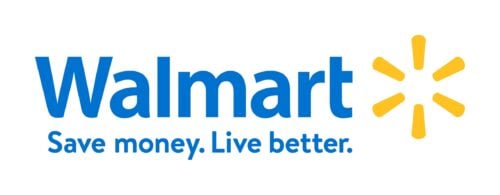
So if you’re looking for a safer bet for your covered call strategy, this could be the stock for you.
-
Price: $98.24 as of May 16, 2025
-
Forward Dividend Yield: 0.96% (annual $0.94)
-
1-Month Implied Volatility: 21.7% (53rd percentile)
WMT’s share price has climbed roughly 90% from its early-2023 close near $51, pushing its dividend yield below 1% despite a 13% raise to $0.94 annually in February 2025. Its defensive consumer-staples profile and stable cash flows limit volatility, resulting in modest option premiums even as tariff pressures linger.
Selling the WMT June $100 call fetches about $2.00 in premium—roughly 2.0% of the $98.24 stock price—for one month’s exposure, equating to ~24% annualized income while capping upside at the $100 strike.
Morgan Stanley (NYSE: MS)
Last on our list is investment banking giant Morgan Stanley.
The New York-based firm is a global financial service company with clients ranging from corporations, governments, and individuals.
Suppose you are looking for higher option premiums. Morgan Stanley stocks are an excellent option due to its high volatility when compared to other financial stocks.
The risk has historically proven to be worth the reward with Morgan Stanley.
The company has a global presence, having offices in more than 40 countries. It is also reputed for conducting high-profile transactions and deals.
In light of the SVB collapse, many analysts still tip Morgan Stanley for long-term solid financial performance.

-
Price: $132.18 as of May 16, 2025
-
Forward Dividend Yield: 2.80% (quarterly $0.925)
-
1-Month Implied Volatility: 24.4% (48th percentile)
In Q1 2025, Morgan Stanley reported $13.1 billion in net revenue (+8% YoY), deployed $1 billion to share buybacks, and declared a $0.925 dividend per share—measures that support shareholder returns amid uneven banking-sector sentiment. Volatility has risen post-SVB fallout, inflating option premiums.
Covered-Call Example
Writing the MS June $135 call can generate about $3.50 in premium—around 2.65% of the $132.18 stock price—for one month’s exposure, which annualizes to roughly 32% yield while capping gains at $135.
Are Stocks For Covered Calls a Good Investment?
It makes sense to consider stocks for covered calls as suitable investments because they provide a steady income stream while allowing investors to benefit from any potential appreciation of the underlying stock.
The covered calls strategy allows for some protection against a decline in a stock’s price, as investors can collect the option premium even if the stock decreases in price.
Additionally, covered calls can be a helpful way to manage risk in a portfolio, as investors can limit their downside potential while still having the opportunity to benefit from any potential upside.
FAQS
How Profitable Are Covered Calls?
The maximum profit you can receive from utilizing covered calls is limited to the strike price of the short call option minus the purchase price of the underlying stock plus the premium received.
What Is The Best Strike Price For Covered Calls?
Ultimately, the best strike price when writing covered calls is the one that meets your profit goals.
How Far Should You Sell Covered Calls?
It is generally advisable to sell covered calls in 30-45 days. However, the most crucial aspect to consider when it comes to selling is to pick a date that provides a fitting premium at your desired strike price.

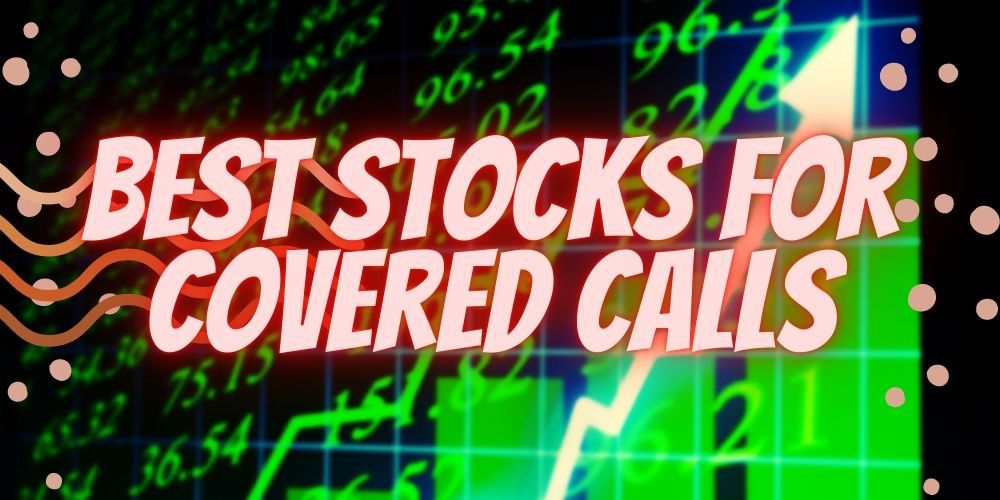
 Tags:
Tags:










